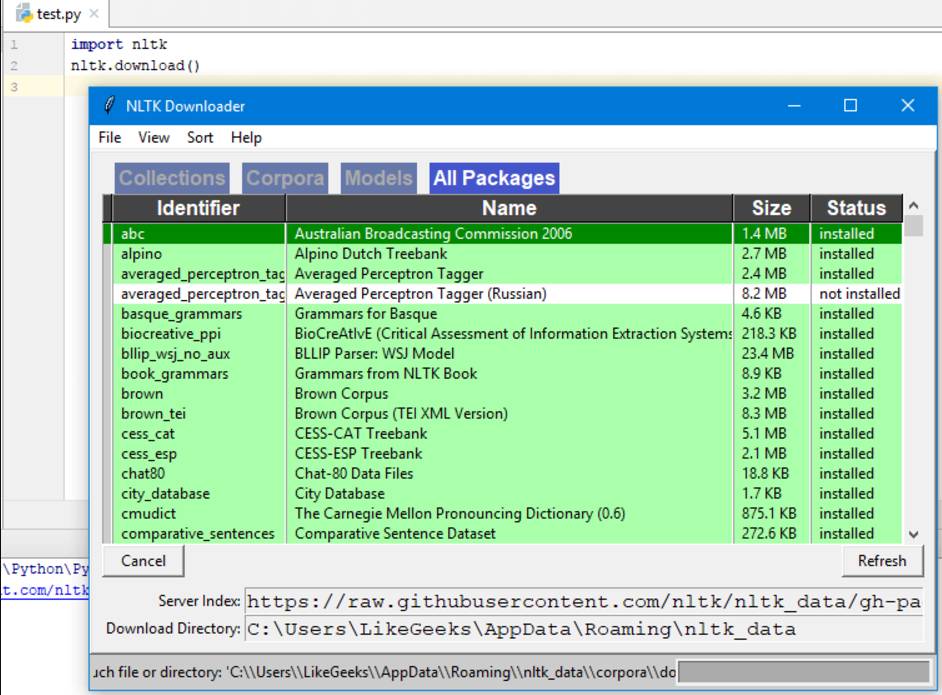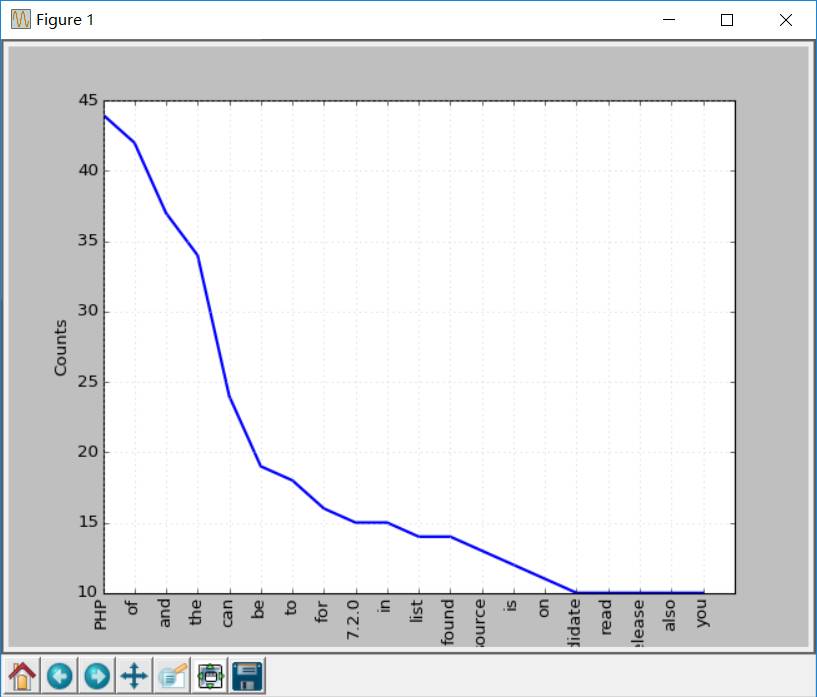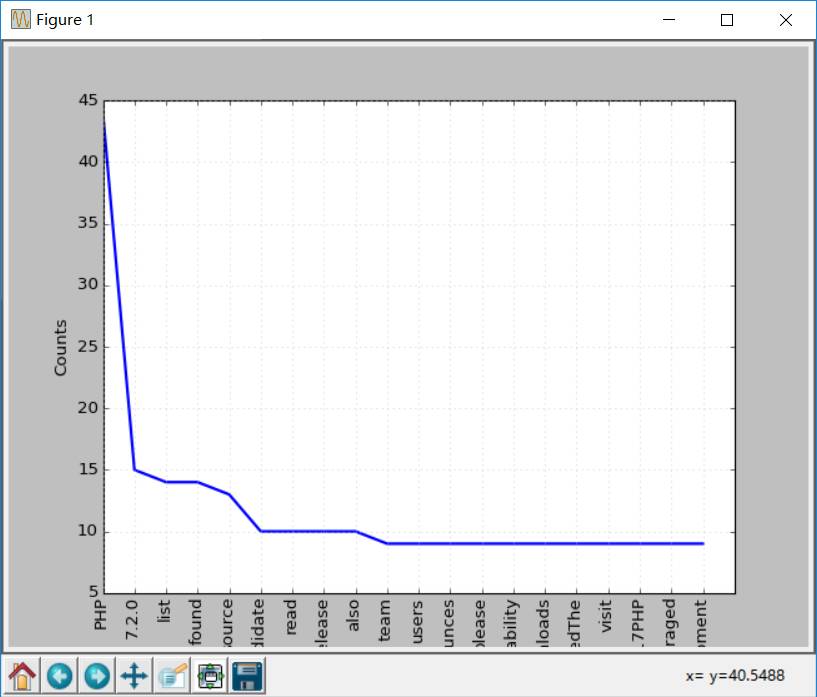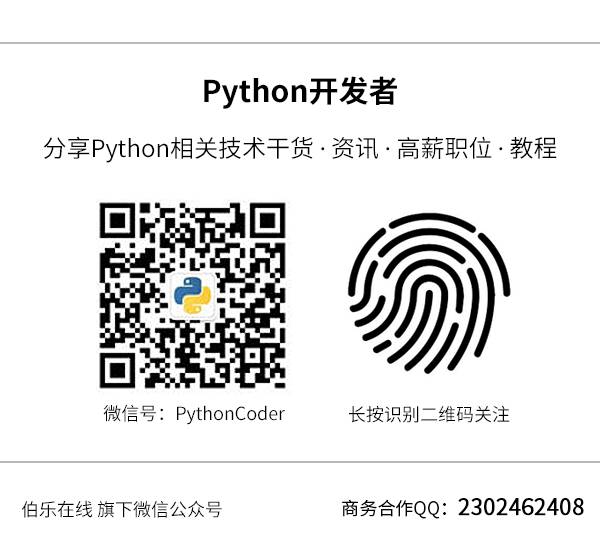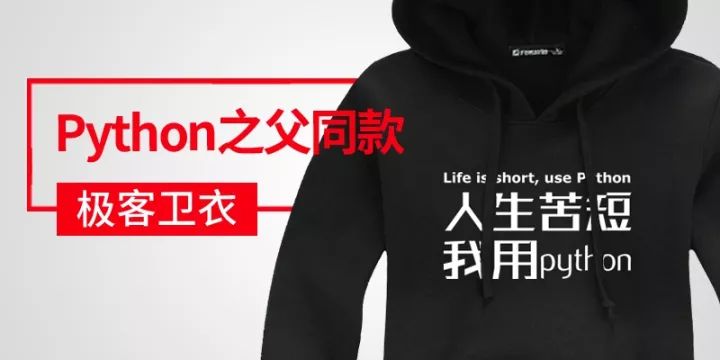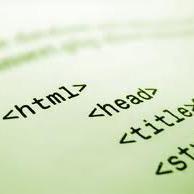Python NLP入门教程
(点击上方公众号,可快速关注)
来源:j_hao104
www.cnblogs.com/jhao/p/7610218.html
本文简要介绍Python自然语言处理(NLP),使用Python的NLTK库。NLTK是Python的自然语言处理工具包,在NLP领域中,最常使用的一个Python库。
什么是NLP?
简单来说,自然语言处理(NLP)就是开发能够理解人类语言的应用程序或服务。
这里讨论一些自然语言处理(NLP)的实际应用例子,如语音识别、语音翻译、理解完整的句子、理解匹配词的同义词,以及生成语法正确完整句子和段落。
这并不是NLP能做的所有事情。
NLP实现
搜索引擎: 比如谷歌,Yahoo等。谷歌搜索引擎知道你是一个技术人员,所以它显示与技术相关的结果;
社交网站推送:比如Facebook News Feed。如果News Feed算法知道你的兴趣是自然语言处理,就会显示相关的广告和帖子。
语音引擎:比如Apple的Siri。
垃圾邮件过滤:如谷歌垃圾邮件过滤器。和普通垃圾邮件过滤不同,它通过了解邮件内容里面的的深层意义,来判断是不是垃圾邮件。
NLP库
下面是一些开源的自然语言处理库(NLP):
Natural language toolkit (NLTK);
Apache OpenNLP;
Stanford NLP suite;
Gate NLP library
其中自然语言工具包(NLTK)是最受欢迎的自然语言处理库(NLP),它是用Python编写的,而且背后有非常强大的社区支持。
NLTK也很容易上手,实际上,它是最简单的自然语言处理(NLP)库。
在这个NLP教程中,我们将使用Python NLTK库。
安装 NLTK
如果您使用的是Windows/Linux/Mac,您可以使用pip安装NLTK:
pip install nltk
打开python终端导入NLTK检查NLTK是否正确安装:
import nltk
如果一切顺利,这意味着您已经成功地安装了NLTK库。首次安装了NLTK,需要通过运行以下代码来安装NLTK扩展包:
import nltk
nltk.download()
这将弹出NLTK 下载窗口来选择需要安装哪些包:
您可以安装所有的包,因为它们的大小都很小,所以没有什么问题。
使用Python Tokenize文本
首先,我们将抓取一个web页面内容,然后分析文本了解页面的内容。
我们将使用urllib模块来抓取web页面:
import urllib.request
response = urllib.request.urlopen('http://php.net/')
html = response.read()
print (html)
从打印结果中可以看到,结果包含许多需要清理的HTML标签。
然后BeautifulSoup模块来清洗这样的文字:
from bs4 import BeautifulSoup
import urllib.request
response = urllib.request.urlopen('http://php.net/')
html = response.read()
soup = BeautifulSoup(html,"html5lib")
# 这需要安装html5lib模块
text = soup.get_text(strip=True)
print (text)
现在我们从抓取的网页中得到了一个干净的文本。
下一步,将文本转换为tokens,像这样:
from bs4 import BeautifulSoup
import urllib.request
response = urllib.request.urlopen('http://php.net/')
html = response.read()
soup = BeautifulSoup(html,"html5lib")
text = soup.get_text(strip=True)
tokens = text.split()
print (tokens)
统计词频
text已经处理完毕了,现在使用Python NLTK统计token的频率分布。
可以通过调用NLTK中的FreqDist()方法实现:
from bs4 import BeautifulSoup
import urllib.request
import nltk
response = urllib.request.urlopen('http://php.net/')
html = response.read()
soup = BeautifulSoup(html,"html5lib")
text = soup.get_text(strip=True)
tokens = text.split()
freq = nltk.FreqDist(tokens)
for key,val in freq.items():
print (str(key) + ':' + str(val))
如果搜索输出结果,可以发现最常见的token是PHP。
您可以调用plot函数做出频率分布图:
freq.plot(20, cumulative=False)
# 需要安装matplotlib库
这上面这些单词。比如of,a,an等等,这些词都属于停用词。
一般来说,停用词应该删除,防止它们影响分析结果。
处理停用词
NLTK自带了许多种语言的停用词列表,如果你获取英文停用词:
from nltk.corpus import stopwords
stopwords.words('english')
现在,修改下代码,在绘图之前清除一些无效的token:
clean_tokens = list()
sr = stopwords.words('english')
for token in tokens:
if token not in sr:
clean_tokens.append(token)
最终的代码应该是这样的:
from bs4 import BeautifulSoup
import urllib.request
import nltk
from nltk.corpus import stopwords
response = urllib.request.urlopen('http://php.net/')
html = response.read()
soup = BeautifulSoup(html,"html5lib")
text = soup.get_text(strip=True)
tokens = text.split()
clean_tokens = list()
sr = stopwords.words('english')
for token in tokens:
if not token in sr:
clean_tokens.append(token)
freq = nltk.FreqDist(clean_tokens)
for key,val in freq.items():
print (str(key) + ':' + str(val))
现在再做一次词频统计图,效果会比之前好些,因为剔除了停用词:
freq.plot(20,cumulative=False)
使用NLTK Tokenize文本
在之前我们用split方法将文本分割成tokens,现在我们使用NLTK来Tokenize文本。
文本没有Tokenize之前是无法处理的,所以对文本进行Tokenize非常重要的。token化过程意味着将大的部件分割为小部件。
你可以将段落tokenize成句子,将句子tokenize成单个词,NLTK分别提供了句子tokenizer和单词tokenizer。
假如有这样这段文本:
Hello Adam, how are you? I hope everything is going well. Today is a good day, see you dude
使用句子tokenizer将文本tokenize成句子:
from nltk.tokenize import sent_tokenize
mytext = "Hello Adam, how are you? I hope everything is going well. Today is a good day, see you dude."
print(sent_tokenize(mytext))
输出如下:
['Hello Adam, how are you?', 'I hope everything is going well.', 'Today is a good day, see you dude.']
这是你可能会想,这也太简单了,不需要使用NLTK的tokenizer都可以,直接使用正则表达式来拆分句子就行,因为每个句子都有标点和空格。
那么再来看下面的文本:
Hello Mr. Adam, how are you? I hope everything is going well. Today is a good day, see you dude.
这样如果使用标点符号拆分,Hello Mr将会被认为是一个句子,如果使用NLTK:
from nltk.tokenize import sent_tokenize
mytext = "Hello Mr. Adam, how are you? I hope everything is going well. Today is a good day, see you dude."
print(sent_tokenize(mytext))
输出如下:
['Hello Mr. Adam, how are you?', 'I hope everything is going well.', 'Today is a good day, see you dude.']
这才是正确的拆分。
接下来试试单词tokenizer:
from nltk.tokenize import word_tokenize
mytext = "Hello Mr. Adam, how are you? I hope everything is going well. Today is a good day, see you dude."
print(word_tokenize(mytext))
输出如下:
['Hello', 'Mr.', 'Adam', ',', 'how', 'are', 'you', '?', 'I', 'hope', 'everything', 'is', 'going', 'well', '.', 'Today', 'is', 'a', 'good', 'day', ',', 'see', 'you', 'dude', '.']
Mr.这个词也没有被分开。NLTK使用的是punkt模块的PunktSentenceTokenizer,它是NLTK.tokenize的一部分。而且这个tokenizer经过训练,可以适用于多种语言。
非英文Tokenize
Tokenize时可以指定语言:
from nltk.tokenize import sent_tokenize
mytext = "Bonjour M. Adam, comment allez-vous? J'espère que tout va bien. Aujourd'hui est un bon jour."
print(sent_tokenize(mytext,"french"))
输出结果如下:
['Bonjour M. Adam, comment allez-vous?', "J'espère que tout va bien.", "Aujourd'hui est un bon jour."]
同义词处理
使用nltk.download()安装界面,其中一个包是WordNet。
WordNet是一个为自然语言处理而建立的数据库。它包括一些同义词组和一些简短的定义。
您可以这样获取某个给定单词的定义和示例:
from nltk.corpus import wordnet
syn = wordnet.synsets("pain")
print(syn[0].definition())
print(syn[0].examples())
输出结果是:
a symptom of some physical hurt or disorder
['the patient developed severe pain and distension']
WordNet包含了很多定义:
from nltk.corpus import wordnet
syn = wordnet.synsets("NLP")
print(syn[0].definition())
syn = wordnet.synsets("Python")
print(syn[0].definition())
结果如下:
the branch of information science that deals with natural language information
large Old World boas
可以像这样使用WordNet来获取同义词:
from nltk.corpus import wordnet
synonyms = []
for syn in wordnet.synsets('Computer'):
for lemma in syn.lemmas():
synonyms.append(lemma.name())
print(synonyms)
输出:
['computer', 'computing_machine', 'computing_device', 'data_processor', 'electronic_computer', 'information_processing_system', 'calculator', 'reckoner', 'figurer', 'estimator', 'computer']
反义词处理
也可以用同样的方法得到反义词:
from nltk.corpus import wordnet
antonyms = []
for syn in wordnet.synsets("small"):
for l in syn.lemmas():
if l.antonyms():
antonyms.append(l.antonyms()[0].name())
print(antonyms)
输出:
['large', 'big', 'big']
词干提取
语言形态学和信息检索里,词干提取是去除词缀得到词根的过程,例如working的词干为work。
搜索引擎在索引页面时就会使用这种技术,所以很多人为相同的单词写出不同的版本。
有很多种算法可以避免这种情况,最常见的是波特词干算法。NLTK有一个名为PorterStemmer的类,就是这个算法的实现:
from nltk.stem import PorterStemmer
stemmer = PorterStemmer()
print(stemmer.stem('working'))
print(stemmer.stem('worked'))
输出结果是:
work
work
还有其他的一些词干提取算法,比如 Lancaster词干算法。
非英文词干提取
除了英文之外,SnowballStemmer还支持13种语言。
支持的语言:
from nltk.stem import SnowballStemmer
print(SnowballStemmer.languages)
'danish', 'dutch', 'english', 'finnish', 'french', 'german', 'hungarian', 'italian', 'norwegian', 'porter', 'portuguese', 'romanian', 'russian', 'spanish', 'swedish'
你可以使用SnowballStemmer类的stem函数来提取像这样的非英文单词:
from nltk.stem import SnowballStemmer
french_stemmer = SnowballStemmer('french')
print(french_stemmer.stem("French word"))
单词变体还原
单词变体还原类似于词干,但不同的是,变体还原的结果是一个真实的单词。不同于词干,当你试图提取某些词时,它会产生类似的词:
from nltk.stem import PorterStemmer
stemmer = PorterStemmer()
print(stemmer.stem('increases'))
结果:
increas
现在,如果用NLTK的WordNet来对同一个单词进行变体还原,才是正确的结果:
from nltk.stem import WordNetLemmatizer
lemmatizer = WordNetLemmatizer()
print(lemmatizer.lemmatize('increases'))
结果:
increase
结果可能会是一个同义词或同一个意思的不同单词。
有时候将一个单词做变体还原时,总是得到相同的词。
这是因为语言的默认部分是名词。要得到动词,可以这样指定:
from nltk.stem import WordNetLemmatizer
lemmatizer = WordNetLemmatizer()
print(lemmatizer.lemmatize('playing', pos="v"))
结果:
play
实际上,这也是一种很好的文本压缩方式,最终得到文本只有原先的50%到60%。
结果还可以是动词(v)、名词(n)、形容词(a)或副词(r):
from nltk.stem import WordNetLemmatizer
lemmatizer = WordNetLemmatizer()
print(lemmatizer.lemmatize('playing', pos="v"))
print(lemmatizer.lemmatize('playing', pos="n"))
print(lemmatizer.lemmatize('playing', pos="a"))
print(lemmatizer.lemmatize('playing', pos="r"))
输出:
play
playing
playing
playing
词干和变体的区别
通过下面例子来观察:
from nltk.stem import WordNetLemmatizer
from nltk.stem import PorterStemmer
stemmer = PorterStemmer()
lemmatizer = WordNetLemmatizer()
print(stemmer.stem('stones'))
print(stemmer.stem('speaking'))
print(stemmer.stem('bedroom'))
print(stemmer.stem('jokes'))
print(stemmer.stem('lisa'))
print(stemmer.stem('purple'))
print('----------------------')
print(lemmatizer.lemmatize('stones'))
print(lemmatizer.lemmatize('speaking'))
print(lemmatizer.lemmatize('bedroom'))
print(lemmatizer.lemmatize('jokes'))
print(lemmatizer.lemmatize('lisa'))
print(lemmatizer.lemmatize('purple'))
输出:
stone
speak
bedroom
joke
lisa
purpl
---------------------
stone
speaking
bedroom
joke
lisa
purple
词干提取不会考虑语境,这也是为什么词干提取比变体还原快且准确度低的原因。
个人认为,变体还原比词干提取更好。单词变体还原返回一个真实的单词,即使它不是同一个单词,也是同义词,但至少它是一个真实存在的单词。
如果你只关心速度,不在意准确度,这时你可以选用词干提取。
在此NLP教程中讨论的所有步骤都只是文本预处理。在以后的文章中,将会使用Python NLTK来实现文本分析。
我已经尽量使文章通俗易懂。希望能对你有所帮助。
看完本文有收获?请转发分享给更多人
关注「Python开发者」,提升Python技能
淘口令:复制以下红色内容,再打开手淘即可购买
范品社,使用¥极客T恤¥抢先预览(长按复制整段文案,打开手机淘宝即可进入活动内容)
